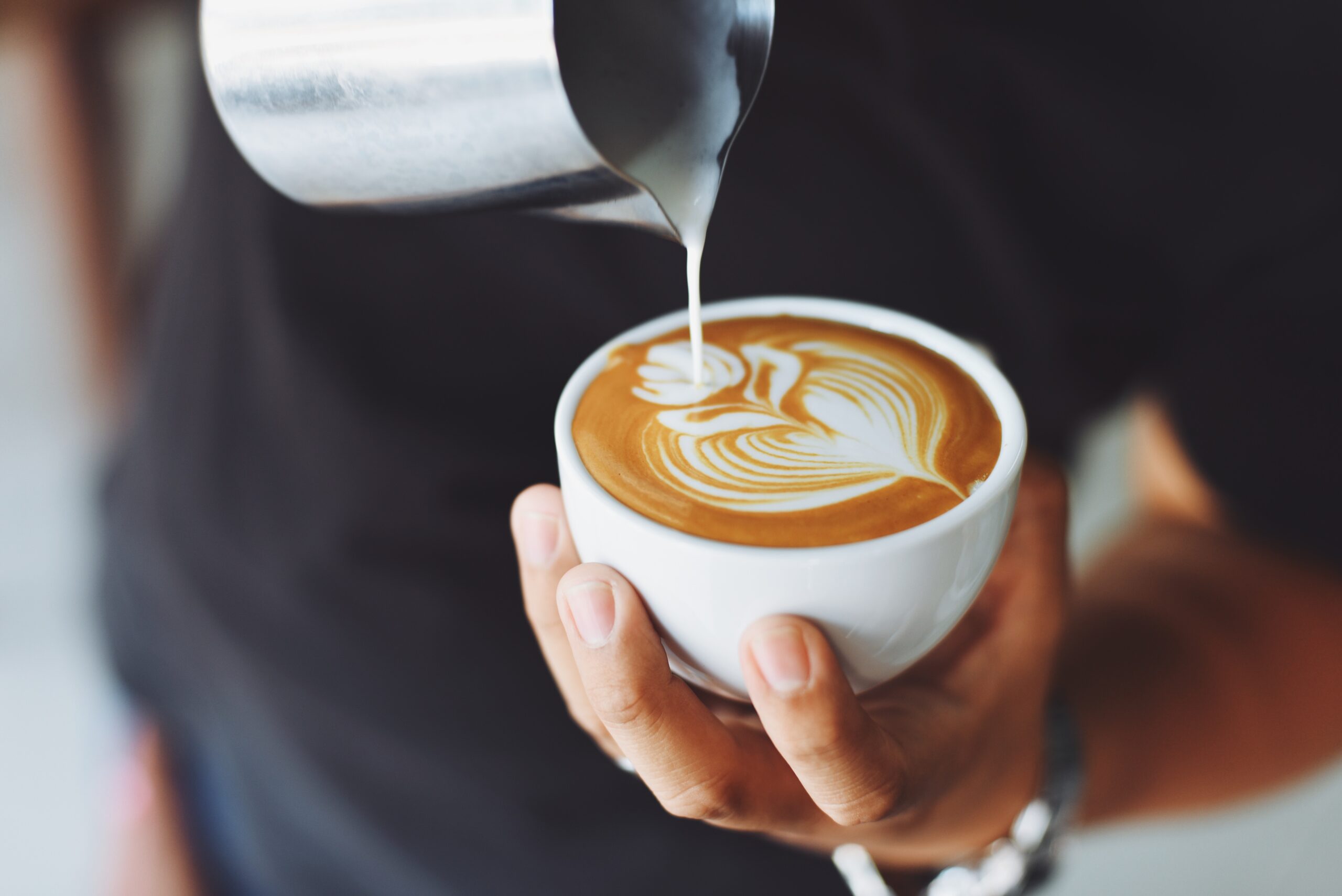If you’re a coffee lover, you’ve likely encountered the delight of a perfectly crafted cappuccino. This beloved espresso-based beverage is not only a treat for your taste buds but also a work of art when made with precision and care. In this article, we will delve into the world of cappuccino, explore its rich history, and provide you with the tools and techniques to master the art of making the perfect cappuccino from the comfort of your own home.
The Origins of Cappuccino
Cappuccino’s history can be traced back to Italy, where it was first introduced in the early 20th century. The name “cappuccino” is inspired by the Capuchin friars, whose brown robes resemble the color of the coffee mixed with frothed milk. Over the years, cappuccino has evolved into a beloved classic, adored by coffee enthusiasts worldwide.
What Makes a Perfect Cappuccino?
A perfect cappuccino is a harmonious balance of espresso, steamed milk, and creamy froth. The key to achieving this balance lies in the preparation process and the quality of ingredients.
Selecting the Right Coffee Beans
Start by choosing high-quality coffee beans with a medium to dark roast. The beans’ richness will complement the milk’s sweetness, resulting in a flavorful and aromatic cup.
The Espresso Shot
The foundation of a cappuccino is a well-pulled espresso shot. Grind your coffee beans just before brewing to preserve their freshness, and extract a double shot of espresso for the perfect intensity.
Steaming the Milk
Steaming the milk is a crucial step in achieving the velvety texture that defines a cappuccino. Use cold milk and a quality espresso machine with a steam wand to create microfoam—a creamy and dense froth that blends harmoniously with the espresso.
The Art of Pouring
The final touch to a cappuccino is in the pouring. Gently pour the steamed milk over the espresso, aiming to achieve a layered effect—the rich espresso at the bottom, followed by the smooth milk, and finally, the thick froth on top.
Mastering the Cappuccino Techniques
1. Perfecting the Espresso Shot
- Invest in a good quality espresso machine that allows you to control the brewing temperature and pressure. Consistency is key to the perfect shot.
- Practice tamping the coffee grounds evenly to ensure a uniform extraction and avoid any over or under-extraction.
- Experiment with grind size to find the right balance that brings out the best flavors in your espresso.
2. Steaming Milk to Perfection
- Use fresh, cold milk and a clean, chilled stainless steel pitcher for steaming.
- Position the steam wand just below the milk’s surface and create a swirling motion to distribute the heat evenly.
- Keep an eye on the temperature—around 150-155°F (65-68°C) is ideal for achieving the right texture.
3. Achieving Beautiful Latte Art
- Once you’ve poured the milk, use a gentle back-and-forth motion to create patterns on the froth.
- Experiment with different techniques like heart shapes, rosettes, or even simple tulips to elevate the visual appeal of your cappuccino.
Tips for Home Baristas
- Invest in Quality Equipment: A good espresso machine and grinder are essential for consistently producing excellent cappuccinos at home.
- Freshness Matters: Use freshly roasted coffee beans and avoid pre-ground coffee to ensure optimal flavor.
- Practice Makes Perfect: Mastering the art of cappuccino takes time and practice. Don’t be discouraged by initial attempts; keep refining your skills.
- Temperature Control: Pay close attention to milk-steaming temperature to achieve the right texture and avoid scalding the milk.
- Experiment with Milk Varieties: Try using different milk types like whole milk, skim milk, or plant-based alternatives to discover unique flavor profiles.
For getting the best one cappuccino in a reasonable price click here….
Conclusion
A well-crafted cappuccino is a true testament to the artistry of coffee-making. By understanding the essential elements—quality beans, a perfect espresso shot, and expertly steamed milk—you can elevate your coffee experience to new heights. Embrace the process, enjoy the journey, and savor every sip of your perfectly made cappuccino.
5 Unique FAQs
- Q: Can I make a cappuccino without an espresso machine?
- A: While an espresso machine is the traditional way to make a cappuccino, you can use alternative methods, such as a Moka pot or Aeropress, to achieve a similar result.
- Q: What milk alternative works best for cappuccinos?
- A: Oat milk and almond milk are popular choices for cappuccinos, as they froth well and add a slightly nutty flavor to the drink.
- Q: How can I improve my latte art skills?
- A: Practice is key! Start with simple patterns and gradually advance to more complex designs. There are also online tutorials and courses available to help you hone your latte art skills.
- Q: Can I sweeten my cappuccino?
- A: Yes, you can add sweeteners like sugar, honey, or syrups to your cappuccino, but many coffee enthusiasts prefer to enjoy its natural flavors without added sweetness.
- Q: Can I use a stovetop milk frother for cappuccinos?
- A: Stovetop milk frothers can be used, but they may not produce the same level of microfoam as a steam wand on an espresso machine. However, they are a budget-friendly option for home baristas.
For more, stay connected with Beauty4boost.com




